Are you considering leaving your job and want to ensure a smooth transition? Understanding the importance of a two weeks notice can make all the difference.
In this article, we will define what a two weeks notice is and why it is crucial to send one. We will also guide you through the steps of writing a professional two weeks notice, including sample email templates. Keep reading for additional tips on how to part ways with your employer on good terms.
Key Takeaways:
Communicate your resignation through a professional and polite two weeks notice email, including a written resignation letter and offering to assist with the transition.
Schedule a meeting with your boss to discuss your resignation in person and be prepared to answer any questions they may have.
Use a formal, grateful, or informal tone in your email depending on your relationship with your boss, and follow up with a checklist and professional sign-off.
Understanding Two Weeks Notice

Understanding Two Weeks Notice is crucial when planning to resign from a job as it allows for a smooth transition period for both the employer and the employee.
Submitting a Two Weeks Notice serves as a sign of professionalism and courtesy towards the organization where you have dedicated your time and effort. By providing advance notice, you give your employer ample time to find a suitable replacement, delegate tasks, and ensure a seamless handover of responsibilities. This proactive approach not only helps maintain a positive professional relationship but also reflects your commitment to leaving on good terms. It gives you time to wrap up any pending projects, document critical processes, and offer to train your successor, contributing to a successful transition.
Definition of a Two Weeks Notice
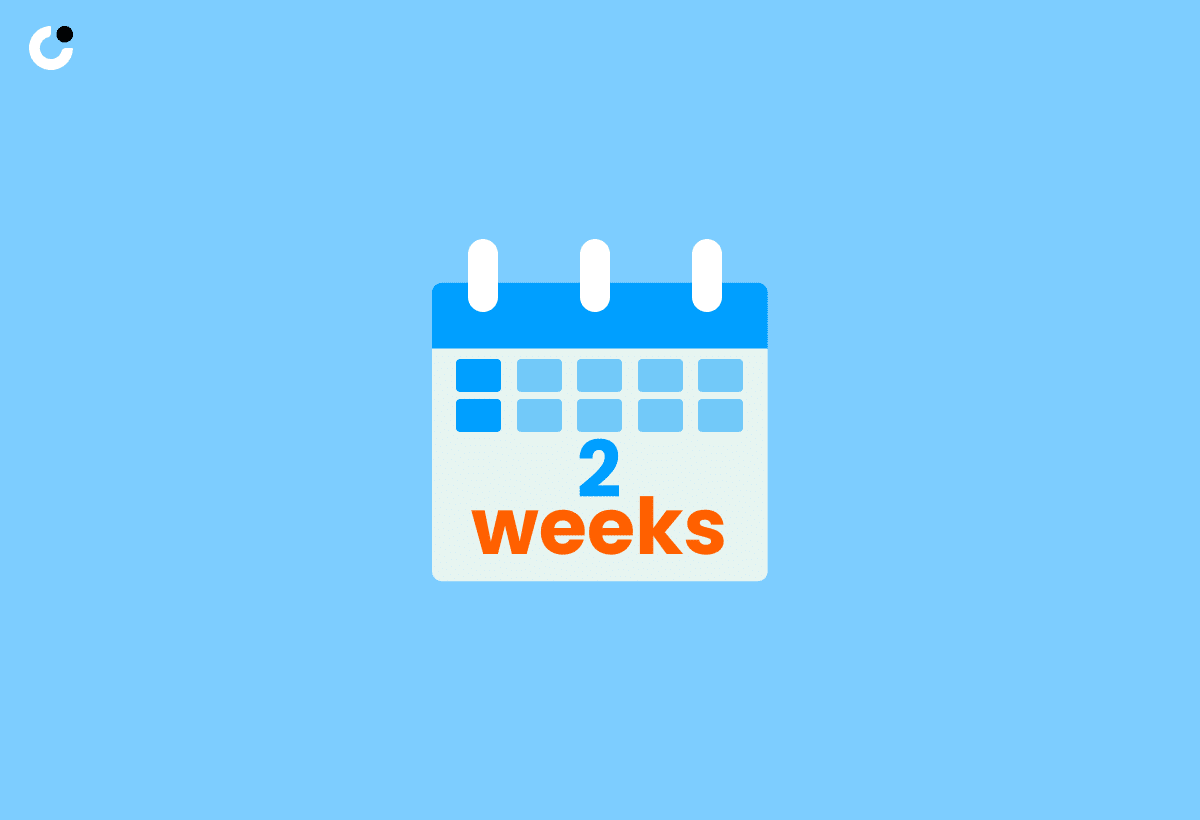
A Two Weeks Notice is a formal letter or email that an individual sends to their employer announcing their intention to resign from a position within a two-week timeframe.
Typically, this timeframe allows both parties adequate time for transition planning and knowledge transfer. The purpose of a two weeks' notice is to maintain a professional relationship, leave on good terms, and ensure a smooth handover of responsibilities.
When drafting such a notice, it is crucial to include the specific last working day, express gratitude for the opportunities, and offer assistance during the transition period. This standard practice showcases professionalism and consideration for the employer and colleagues.
Following proper etiquette in resignation letters is vital for preserving a positive professional reputation going forward.
Importance of Sending a Two-Week Notice

Sending a Two-Week Notice is essential as it demonstrates respect for the employer, enables proper planning for the transition, and maintains positive relationships with co-workers.
By providing advance notice, the employer has adequate time to find a replacement, ensuring a smooth handover of responsibilities without causing disruptions.
Co-workers also benefit from this courtesy, as they have time to adjust to the upcoming changes and distribute workload accordingly.
Displaying professionalism during the resignation process not only reflects positively on the departing employee but also sets a constructive example for others in the workplace.
How to Write a Two Weeks Notice
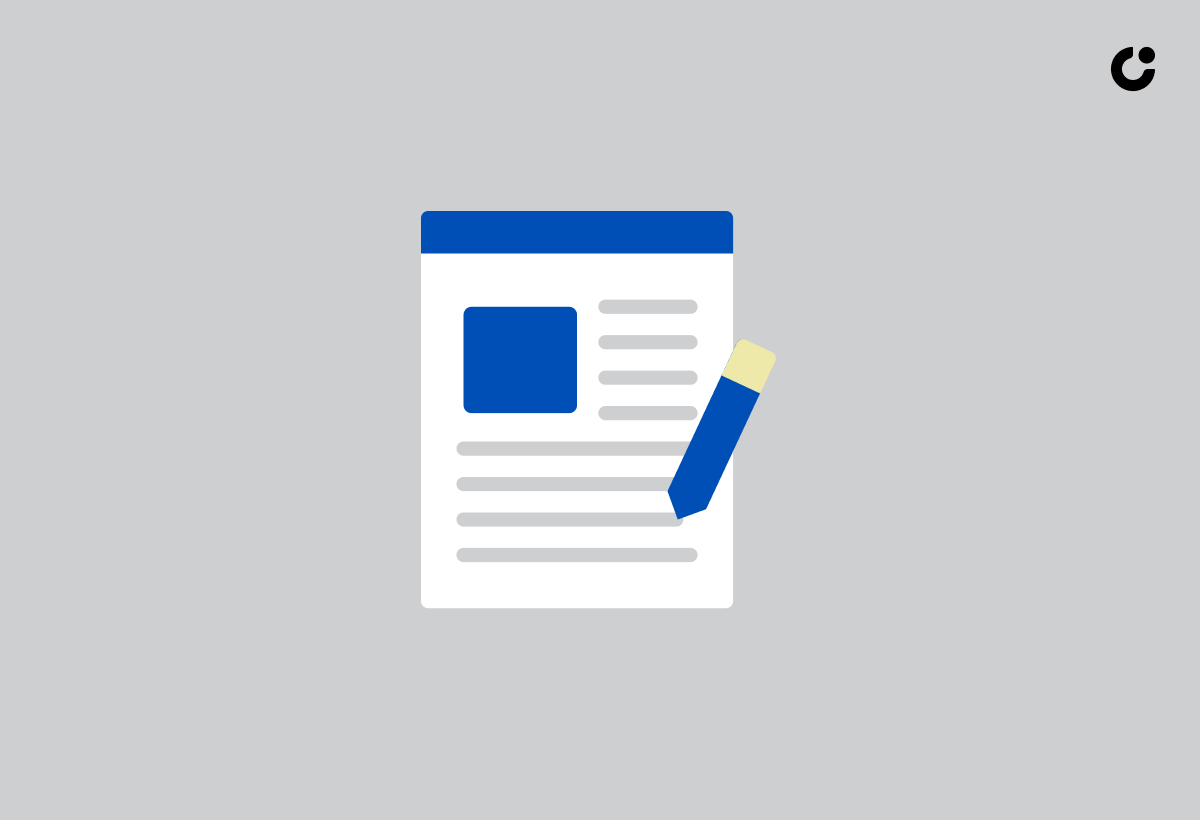
Crafting a Two Weeks Notice involves several key steps, including preparing a resignation email, scheduling a meeting with your boss, and outlining a transition plan.
When composing your resignation email, ensure it is succinct, professional, and grateful for the opportunities provided. Be sure to include your intended last working date to give sufficient notice.
Next, schedule a face-to-face meeting with your supervisor to discuss your resignation personally and express your appreciation. During this meeting, be ready to answer any questions and provide reassurance about the transition process.
Develop a detailed transition plan outlining your current projects, responsibilities, and potential successors to ensure a smooth handover of tasks and knowledge.
Make a Plan
Before initiating the resignation process, it is crucial to make a comprehensive plan that aligns with your career move and job search objectives.
Strategic planning plays a pivotal role in ensuring a smooth transition to your next professional endeavor. By evaluating your long-term career goals, job search strategies, and personal aspirations, you can make informed decisions that set the foundation for a successful transition.
Consider factors such as updating your resume, expanding your professional network, researching potential employers, and honing your interview skills. This meticulous approach not only enhances your chances of landing a desirable job but also aligns your next career step with your overarching objectives.
Schedule a Meeting with Your Boss

When writing a two weeks' notice, it is advisable to schedule a meeting with your boss to discuss your resignation formally, involve HR if necessary, and address queries regarding the final paycheck.
Setting up this meeting signifies your professionalism and provides an opportunity to express gratitude for the experiences gained in the role. It is essential to have a clear agenda for the meeting, ensuring that you discuss not only the resignation itself but also handover responsibilities and any pending work. Inviting HR to the meeting can help clarify procedural aspects, such as the necessary paperwork for resignation and details about the exit process.
Be Prepared to Answer Questions

During the resignation process, anticipate questions from your employer or HR, and be ready to provide a formal resignation letter, participate in an exit interview, and offer assistance to smoothen the transition.
Having a well-crafted resignation letter is crucial as it serves as a formal record of your decision to leave and can help maintain a professional relationship with the company.
Participating actively in exit interviews allows you to share constructive feedback and reflect on your experience, aiding both you and the organization in the process of closure and improvement.
By offering to support the transition, you demonstrate your commitment to ensuring a seamless handover of responsibilities, which can leave a positive impression even after you have moved on.
Provide a Written Resignation Letter

Formalize your resignation by drafting a professional resignation letter that conveys your decision to leave the workplace and outlines the necessary details for the transition period.
When resigning from a job, especially in a formal setting, a written resignation letter is imperative. It not only serves as a formal record of your decision but also helps maintain professionalism and clarity in the communication process. Structuring the content of the letter is crucial; begin with a clear statement of resignation, followed by expressions of gratitude and a willingness to assist during the transition. Maintain a positive and respectful tone throughout, focusing on the contributions you have made and expressing appreciation for the opportunities received. Including key information such as your last working day, contact details for follow-ups, and any pending responsibilities to be handed over is essential for a smooth exit process.
Offer to Help with the Transition

Extend a helping hand to ensure a smooth transition process by offering assistance to your employer, colleagues, or the HR department during the notice period.
Support during the transition period is crucial in maintaining continuity and efficiency within the organization. Collaborating with your successor by sharing insights, providing training, and documenting workflows can ease the handover process. Offering to assist with knowledge transfer, updating manuals, and creating detailed transition plans can demonstrate your commitment to a seamless transition. Engaging in open communication with relevant stakeholders and proactively addressing any outstanding tasks can further facilitate a successful handover. By actively participating in the transition process, you not only ensure a smooth transfer of responsibilities but also leave a positive impact on the organization's operations.
Wrap Up Your Work

As you approach the end of the notice period, focus on wrapping up your work tasks professionally, ensuring all loose ends are tied, and preparing for the handover of responsibilities related to your job title.
One important aspect during this transition is to document key processes and tasks to facilitate a smooth knowledge transfer. Create a comprehensive list of ongoing projects, pending assignments, and essential contacts that need to be informed about the change. Clear communication with your supervisor and colleagues is crucial to ensure that they are aware of the status of your work and can step in smoothly once you depart.
Say Goodbye
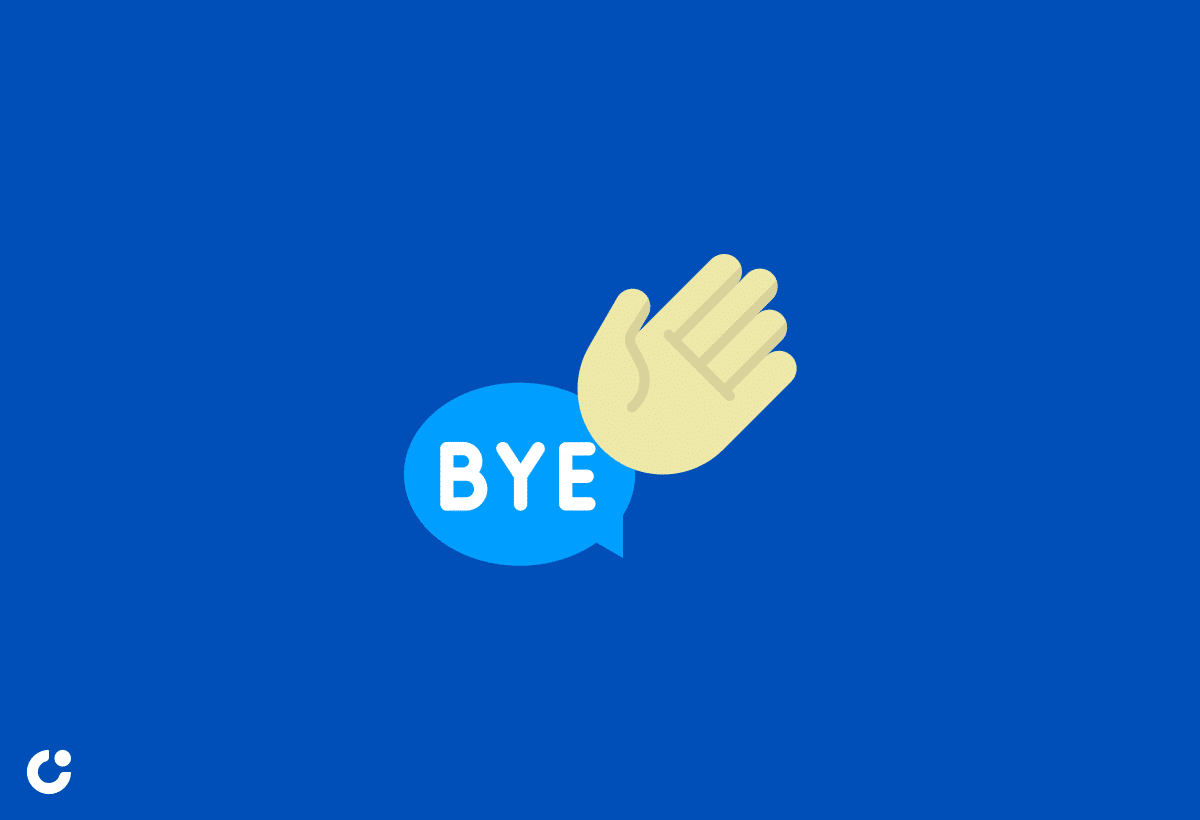
Bid farewell to your colleagues and the workplace on a positive note, expressing gratitude, well-wishes, and a sense of closure as you conclude your journey with the organization.
When crafting farewell messages, remember to be sincere and appreciative of the experiences shared. Reflect on the relationships built and express genuine appreciation for the support received.
Including personalized notes for each co-worker can make the farewells even more meaningful. Offering best wishes for their future endeavors and expressing a desire to stay in touch can help maintain connections beyond the workplace setting.
Sample Two Weeks Notice Email Templates
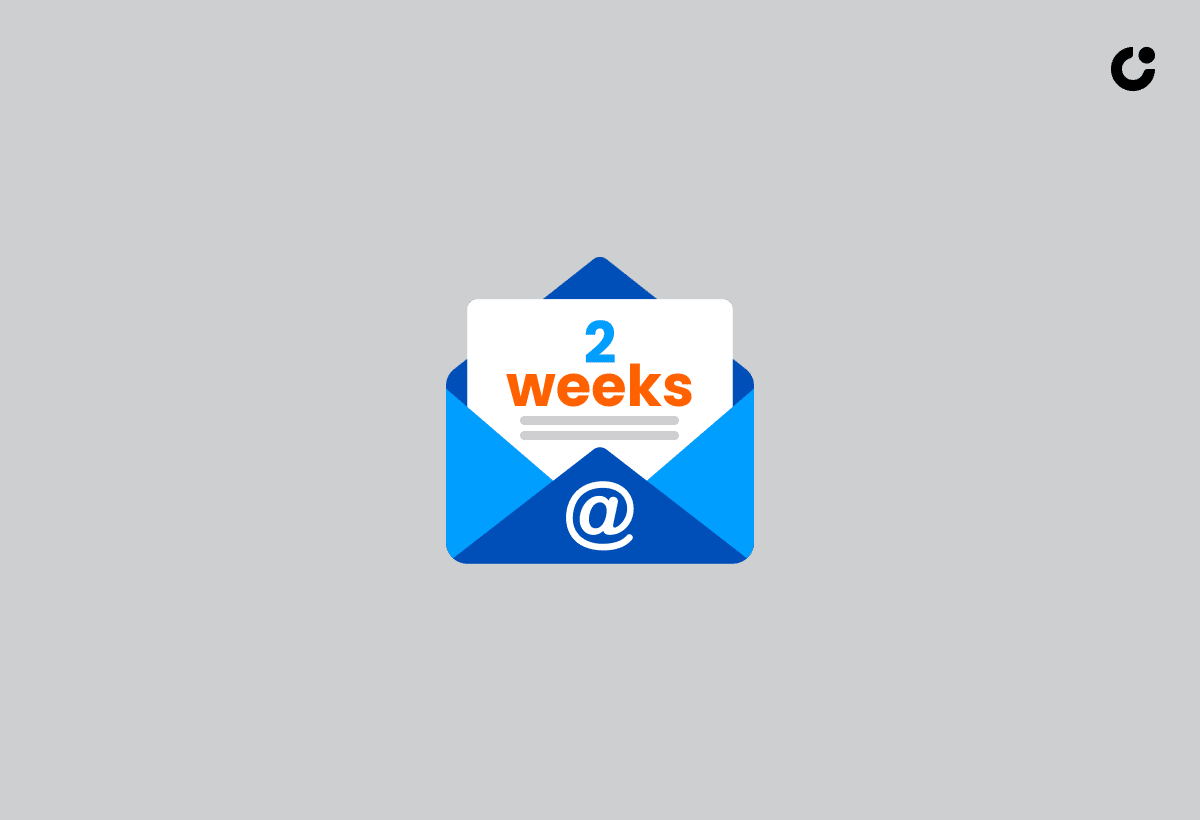
Utilize these Sample Two Weeks Notice Email Templates for crafting formal, grateful, or informal resignation emails tailored to your communication style and workplace culture.
When crafting a formal resignation email, it is crucial to maintain a professional tone throughout the message. Start by expressing your gratitude for the opportunities and experiences you have had during your time at the company. Highlight your willingness to assist with the transition process during the notice period.
For a more casual approach, consider using a friendly tone while still conveying your decision to leave. Make sure to clearly state your last working day and offer to help with any necessary handover tasks.
The provided templates can serve as a guide to structure your resignation email effectively. Whether you choose a traditional or a more modern approach, the key is to be clear, concise, and polite in your communication. Remember to proofread your message before sending to ensure it reflects your intentions accurately. Select the template that resonates best with you and adapt it to suit your unique circumstances.
Template 1: Formal Email

The Formal Email Template offers a structured format for submitting a professional two weeks' notice, ensuring clarity, professionalism, and adherence to formal communication standards.
When crafting your resignation email, it is essential to begin with a clear and concise subject line that conveys the purpose of the email. Expressing gratitude for the opportunities and experiences gained during your tenure at the company can help maintain a positive tone. Remember to formally address the recipient, typically starting with 'Dear [Supervisor's Name],'. Be transparent in your intention to resign, providing the effective date of your departure. It is advisable to express willingness to assist in the transition process, offer to train a replacement, and conclude with a polite closing remark.
Template 2: Grateful Email

The Grateful Email Template allows employees to express appreciation, gratitude, and positivity in their resignation communication, fostering goodwill and positive relationships during the transition.
By starting your resignation email on a positive note, you demonstrate professionalism and maturity in handling the transition period. Remember that leaving a job gracefully is essential not only for the current role but also for future career prospects. Opening your email with a heartfelt thank you for the opportunities and experiences gained can leave a lasting impression on your soon-to-be former colleagues and superiors. Expressing gratitude can help maintain long-lasting connections and potentially open doors for collaborations in the future.
Template 3: Informal Email
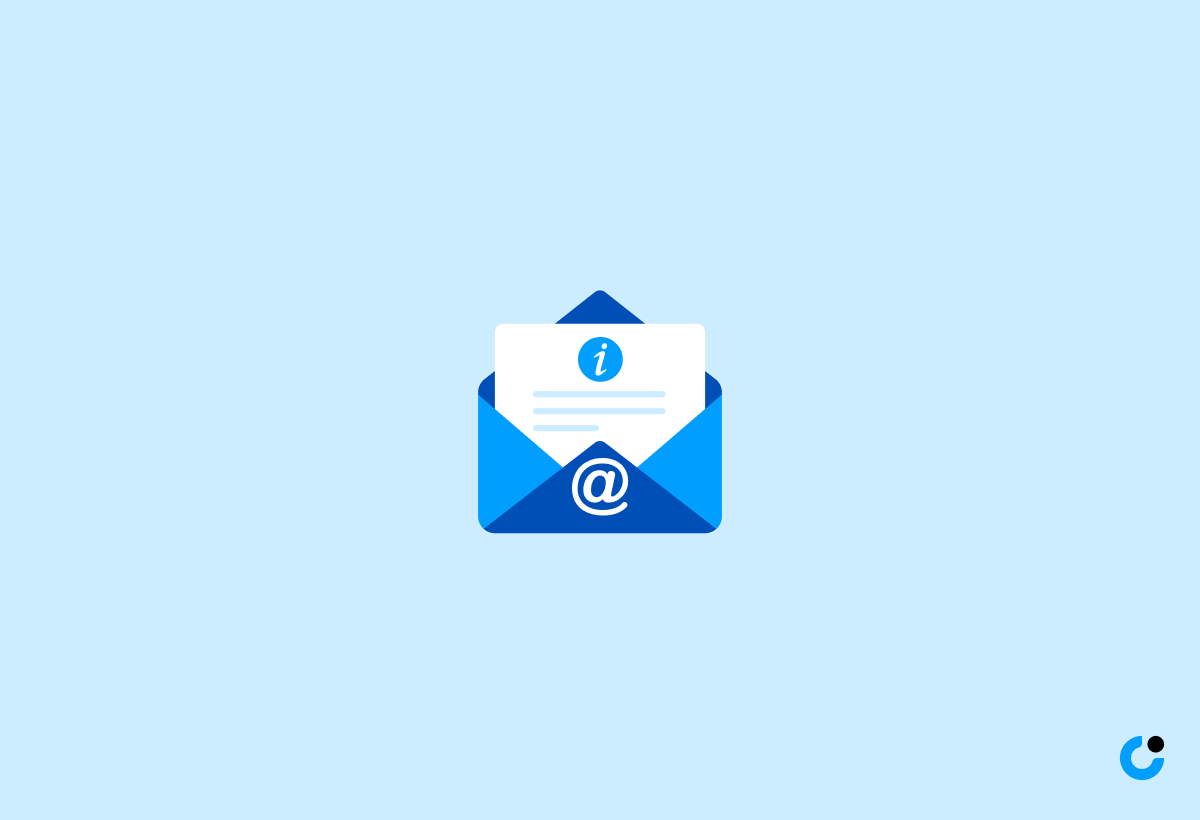
The Informal Email Template offers a casual yet respectful format for submitting a two weeks' notice, suitable for workplaces with a more relaxed communication style.
When composing an informal email of this nature, it is essential to strike a balance between friendliness and professionalism. Begin with a warm greeting to the recipient, acknowledging any working relationships or shared projects to maintain a personal touch. Express gratitude for the opportunities and experiences gained during your time at the company, showing appreciation for the support received from colleagues. Remember to clearly state your last working day and offer assistance with the transition process to ensure a seamless handover of responsibilities.
Additional Tips for Writing a Two Weeks Notice
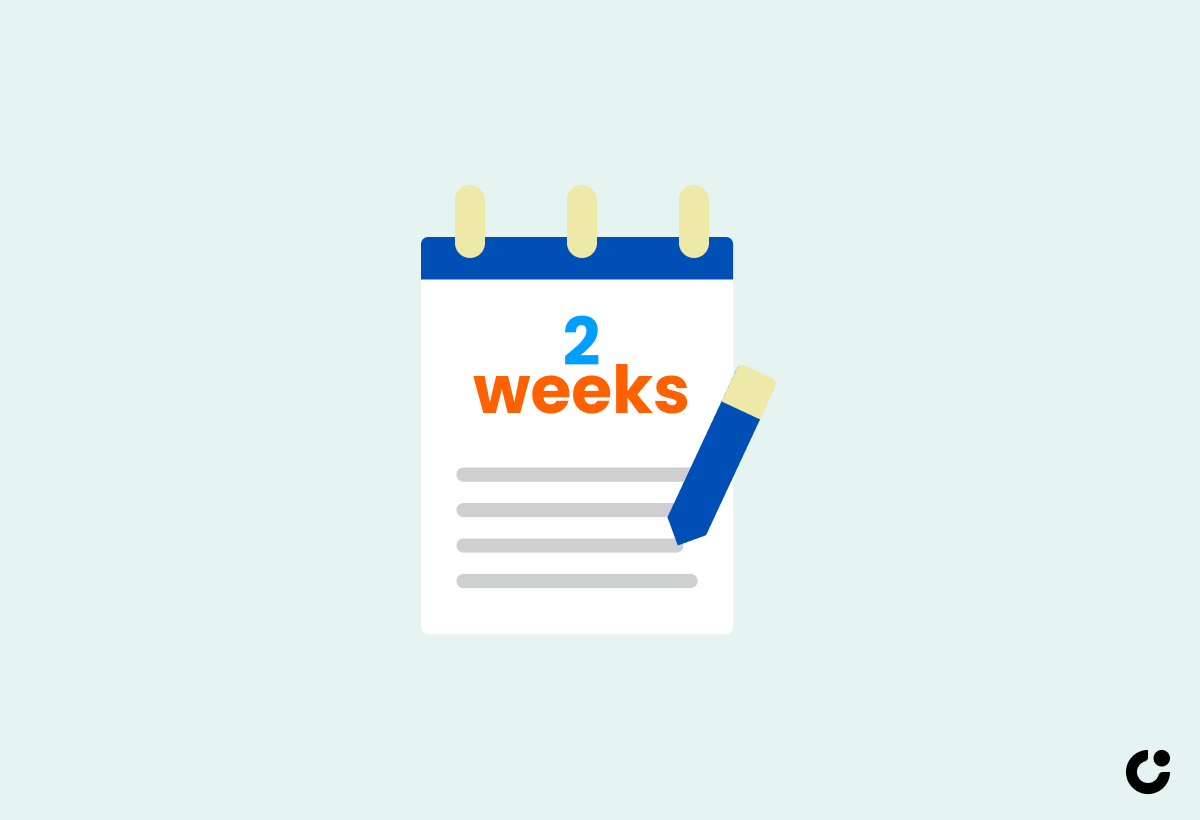
Enhance your two weeks' notice process with these Additional Tips, including a checklist before sending, professional sign-offs, and follow-up action items to facilitate a seamless resignation experience.
Ahead of submitting your resignation letter, make sure to review your employment contract to ensure compliance with any notice period requirements. It is also advisable to discuss your decision with your direct supervisor before formally handing in your notice to maintain a professional relationship.
Choose appropriate language and tone in your resignation letter to express gratitude for the opportunities provided during your employment.
After submitting your notice, offer to assist with the transition process and provide any necessary updates or documentation to facilitate a smooth handover of responsibilities.
Checklist Before Sending
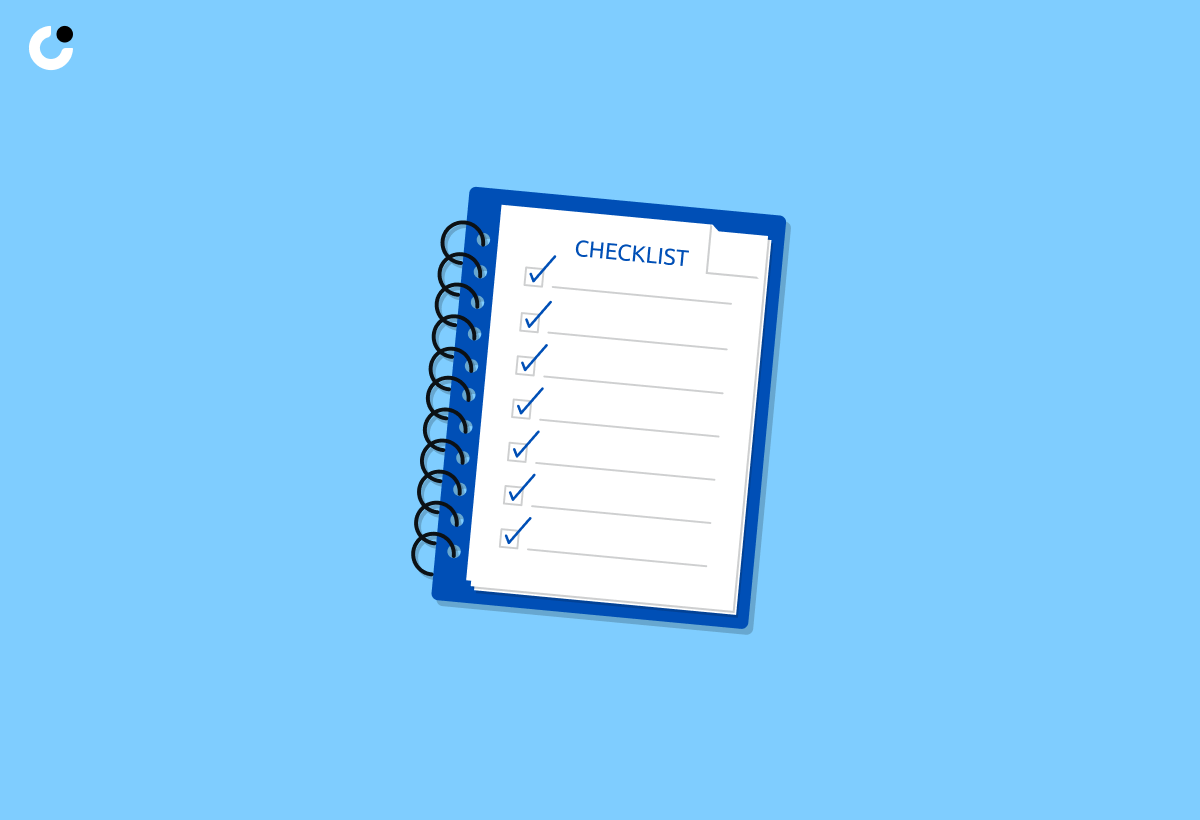
Before submitting your two weeks' notice, utilize this comprehensive checklist to ensure all essential steps, such as preparing for an exit interview, offering transition assistance, and finalizing work tasks, are completed.
Review your contract or employee handbook to understand the notice period required by your organization. Notify your direct supervisor or relevant HR personnel in person before drafting the formal resignation letter. Double-check the resignation letter for accuracy and professionalism, ensuring all necessary details are included. Schedule a meeting with your supervisor to discuss your departure, and be prepared to answer questions about your reasons for leaving.
Create a plan for completing pending projects and transferring ongoing tasks to team members. Offer to assist in training your replacement and document crucial processes for the transitioning period. Remember to gather any personal belongings from your workspace and return company property, such as keys, access cards, or laptops, as per company policy.
Professional Sign-Offs
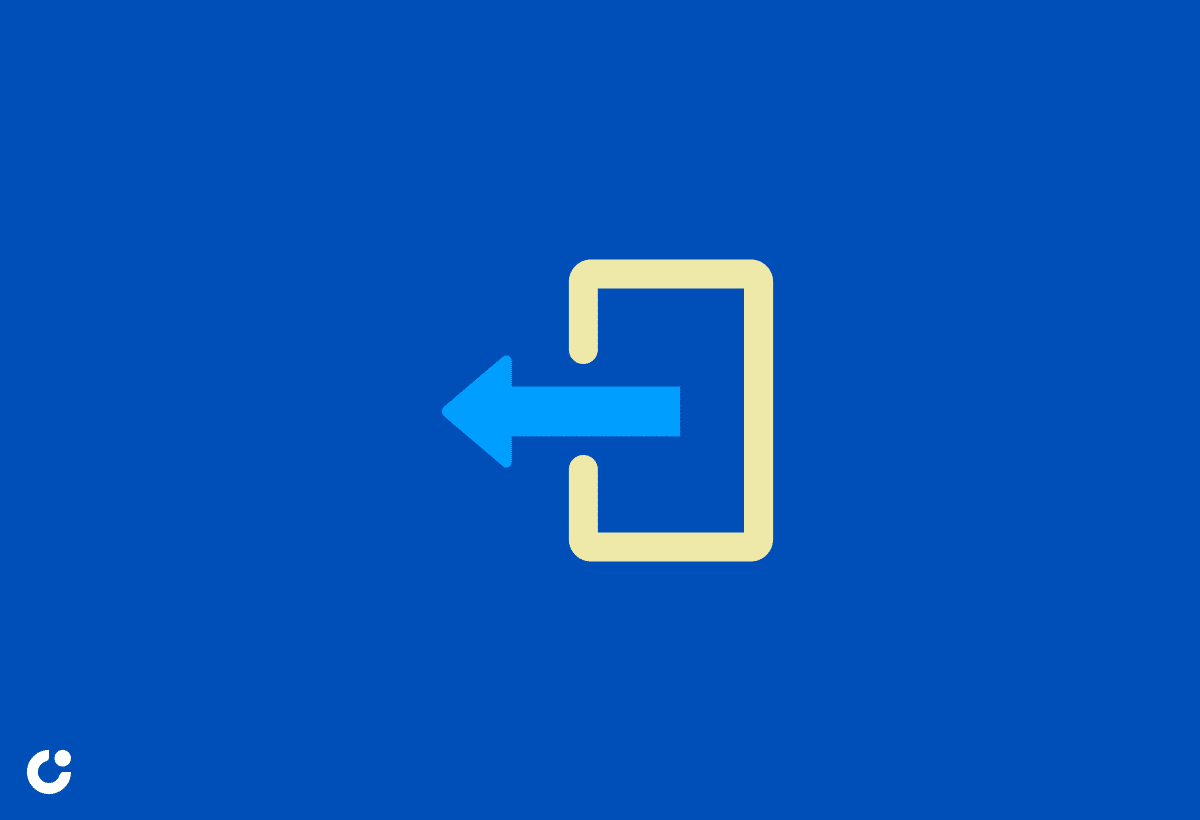
Conclude your two weeks' notice with Professional Sign-Offs that reflect your skills, professionalism, and commitment to a smooth transition, leaving a lasting positive impression on your workplace.
When crafting your sign-off, consider expressing a sense of gratitude for the opportunities and experiences gained during your tenure. For instance, you could write: 'Thank you for the support and guidance throughout my time here.'
Incorporating a statement that conveys your willingness to assist with the transition can further exhibit your professionalism. An example could be: 'I am committed to ensuring a seamless handover and am available for any assistance needed during this period.'
Remember, a well-crafted sign-off can leave a favorable impact and set the tone for your and your team's continuity post-departure.
Follow-Up Actions

After submitting your two weeks' notice, consider engaging in follow-up actions such as offering additional help during the transition, exploring new career opportunities, and reflecting on your professional skills and growth.
It is crucial to maintain open communication with your team and offer support wherever possible, easing the transition for both yourself and your colleagues.
Continuously seeking new career paths and networking opportunities can provide fresh perspectives and potential job prospects. Take this period to conduct an in-depth self-assessment to identify strengths and areas for improvement, aligning your skills with future career goals.
Consider enrolling in relevant courses or workshops to enhance your skill set and stay competitive in the job market. For guidance on how to write a professional two weeks notice email, check out this reputed source.
Frequently Asked Questions
What is a two weeks notice email?
A two weeks notice email is a professional message sent to your current employer to inform them of your intention to resign from your position within two weeks.
Why is it important to write a two weeks notice email?
Writing a two weeks notice email is important because it allows you to officially and professionally communicate your resignation to your employer, giving them enough time to make necessary arrangements for your departure.
How should I start my two weeks notice email?
Start your two weeks notice email by addressing your employer or immediate supervisor, stating your intention to resign, and the date that your resignation will take effect.
What information should be included in a two weeks notice email?
Your two weeks notice email should include your resignation date, a brief explanation for your resignation, and a thank you to your employer for the opportunities and experiences gained during your time with the company.
Should I include my reasons for leaving in a two weeks notice email?
It is not necessary to include your reasons for leaving in a two weeks notice email. However, if you feel comfortable, you can briefly mention your reasons in a professional and positive manner.
Is it necessary to send a two weeks notice email if I have already discussed my resignation with my employer?
While it is not required, it is still recommended to send a two weeks notice email as a formal and official notification of your resignation. This ensures that all parties are on the same page and there is a written record of your resignation.

